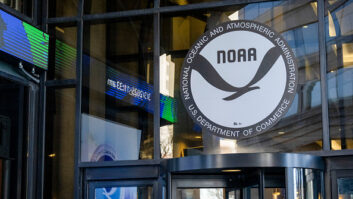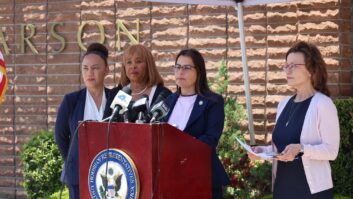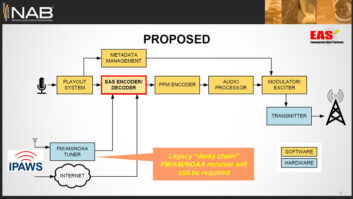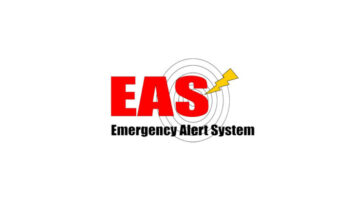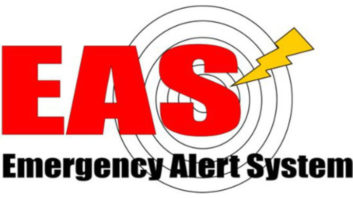 Aug. 11 will be the date of the first national EAS test since before the pandemic began.
Aug. 11 will be the date of the first national EAS test since before the pandemic began.
Officials at the Federal Emergency Management Agency officially informed the Federal Communications Commission on Tuesday that it plans its sixth national EAS test on that day. They also plan to conduct a nationwide Wireless Emergency Alert (WEA) test concurrently.
As in the past, FEMA set a backup date in case a national test on Aug. 11 might interfere with actual alerting needs in the country around that time. The backup is Aug. 25.
Al Kenyon, chief of the Customer Support Branch of the IPAWS Program Office, wrote to the FCC that FEMA plans to conduct the Aug. 11 test at 2:20 p.m. EDT (18:20 GMT).
[Read: FCC Releases Results of 2019 National EAS Test]
“The test message will use the National Periodic Test (NPT) event code and be geo-targeted using the All-US (000000) geocode,” Kenyon wrote.
“This year FEMA proposes to originate the EAS portion of the test via the National Public Warning System composed of the FEMA designated Primary Entry Point (PEP) facilities. The intent of conducting the test in this fashion is to determine the capability of the Emergency Alert System to deliver messages to the public in event that dissemination via internet is not available.”
In the most recent national test in 2019, several PEPs did not transmit the alert due to varying degrees of equipment failures. Out of 77 PEP stations, 12 experienced technical issues on test day, according to a post-test FCC report.
Kenyon said that in the upcoming test, full message text and multilingual messaging will not be available due to the over-the-air message delivery and relay used in this system of EAS message dissemination.
“As in past years the national EAS test message will look and sound very much like the regular Required Monthly Test (RMT) messages broadcast every month by all EAS Participants, broadcast radio and television, cable, wireline service providers and direct broadcast satellite service providers,” he continued.
“Concurrent with the proposed 2021 National EAS Test, FEMA also proposes to originate a Nationwide Wireless Emergency Alert (WEA) test by originating a WEA message using the WEA test handling code targeting only cellphones where the user has opted-in to receive WEA test messages.”
An FCC analysis of the 2019 test found that 82% of radio stations participated that year.
While that test generally was deemed a success, the FCC said in its post-test report that some challenges impeded the ability of some EAS participants to receive and/or retransmit the NPT.
Some participants reported problems with equipment configuration, audio quality, alerting source problems and clock errors, among other issues. More than 2,530 test participants didn’t receive the test at all.
Other issues in 2019 included audio issues, power issues, signal issues, internet issues and even lightning — 20 participants reported issues caused by bolts of electricity.
Also, several State Emergency Communications Committees reported that certain areas of their states did not receive the alert. SECCs in Florida, Michigan and Georgia reported delivery problems to the Primary Entry Point (PEP) stations. The FCC also received reports of smaller-scale monitoring source issues in parts of several other states.
